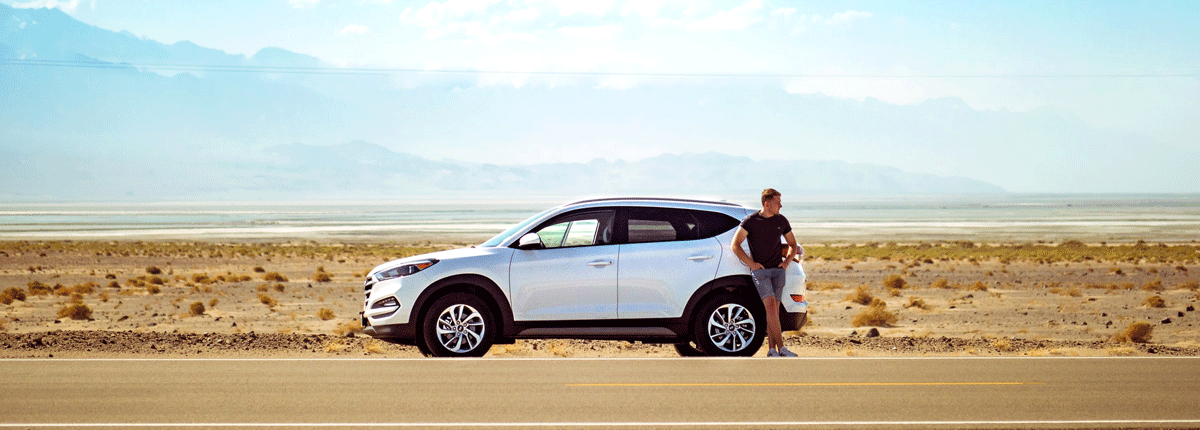Running out of fuel is not a good idea for a variety of reasons
With the rising cost of fuel prices many motorists are pushing their cars to the limit in terms of trying to get the most out of a tank at the risk of running out of fuel.
However, running out of fuel is a dangerous situation for a variety of reasons. Firstly, in terms of your personal safety, you place yourself and your passengers at risk by running out of fuel. Being stranded on the side of the road in one of the most dangerous countries in the world could make you vulnerable to criminals. Running out of fuel could also put you at an additional risk of being involved in an accident, especially if you run out in a dangerous place like in the middle of an intersection or on a busy road with no shoulder.
By running out of fuel you also risk damaging your vehicle’s fuel system or contaminating it. As a car gets older it builds up debris at the bottom of the tank, which is usually blocked by fuel filters, but when you run your car nearly empty or completely empty this debris could move through the system and clog up sensitive components like the carburetor or fuel injection system. This could prevent the car from starting again and result in a costly repair bill.
In addition vehicles with sensitive fuel injection systems like modern direct injection vehicles and many diesel vehicles require a certain amount of pressure before they will start. Running out of fuel could mean that these cars will need to be towed to a service centre in order to purge the system of any air, before it can be started again.

What do you do if you run out of fuel?
If you do suspect that your car is about to run out of fuel, such as if it starts spluttering, turn on your hazards as soon as possible and move to the left of the road or into the emergency lane as soon as possible so that you come to stop out of harms way.
If you were able to come to a stop in a safe location, the best practice is to remain in your car and call for help. If you belong to a roadside assistance programme or if your vehicle’s service plan includes roadside assistance you can give them a call. If not make contact with a friend or family member who could come to your aid.
Plan ahead
If your car’s fuel light comes on it generally means that you can drive between 30 and 50km, but it is a good idea to fuel up as soon as possible once this light comes on.
In addition, while fuel is generally readily available, fuel stations can run out especially ahead of fuel price increases. It is a good idea to keep your tank topped up as much as possible to give yourself a buffer should fuel not be available.
The best practice is to plan ahead and fuel up at the start of your journey with enough fuel for how far you plan to drive and by doing so avoid any risk to your person, vehicle or safety.
For further info and tips, visit our blog and join the conversation on Facebook. For super interesting videos, check out YouTube.



